Affordable Electric Cars: Your Ultimate Guide to Budget-Friendly EVs in 2025
Introduction
As the world moves towards sustainable transportation, electric vehicles (EVs) have gained immense popularity. With advancements in technology and increasing environmental awareness, more manufacturers are producing budget-friendly electric cars. By 2025, various affordable options will be available for consumers looking to switch to an electric vehicle without breaking the bank. This guide will explore the most affordable electric cars in 2025, their features, benefits, and what to consider when purchasing an EV.
The Rise of Affordable Electric Cars
The push for electrification in the automotive industry has led to a significant increase in the production of affordable electric vehicles. The market is no longer dominated by expensive luxury models; instead, manufacturers are focusing on creating budget-friendly options that cater to a broader audience. With government incentives, advancements in battery technology, and increasing competition, EV prices are projected to drop further, making them accessible to more consumers.
Government Incentives and Tax Credits
One of the primary factors contributing to the affordability of electric cars is government incentives. In many regions, buyers can take advantage of federal and state tax credits, rebates, and grants aimed at encouraging the adoption of electric vehicles. In 2025, consumers may benefit from enhanced incentives, making EVs even more affordable. It's essential to research the specific incentives available in your area to maximize savings on your electric car purchase.
Top Affordable Electric Cars in 2025
As we look ahead to 2025, several affordable electric cars are expected to make a significant impact in the market. Here are some of the top contenders:
1. Nissan Leaf
The Nissan Leaf has been a trailblazer in the affordable electric car segment since its launch. By 2025, the Leaf is expected to be available at a competitive price point while offering improved battery range and technology. With a spacious interior, user-friendly infotainment system, and a reputation for reliability, the Leaf remains a popular choice for budget-conscious buyers.
2. Chevrolet Bolt EV
The Chevrolet Bolt EV has positioned itself as an affordable alternative in the electric vehicle market. With a projected range of over 250 miles and a spacious cabin, the Bolt is perfect for daily commutes and weekend getaways. By 2025, improvements in battery technology may further enhance its performance and range, making it an excellent choice for those looking for an economical EV.
3. Hyundai Kona Electric
The Hyundai Kona Electric combines affordability with a stylish design and a host of features. With a range of approximately 258 miles, it offers a comfortable ride and a well-appointed interior. The Kona Electric is expected to maintain its competitive pricing in 2025, making it an attractive option for budget-conscious consumers.
4. Kia Niro EV
The Kia Niro EV is another contender in the affordable electric car market. Known for its practicality and versatility, the Niro EV provides ample cargo space and a comfortable ride. With a range similar to that of the Hyundai Kona Electric, the Niro EV is poised to remain a budget-friendly choice for families and individuals alike.
5. Volkswagen ID.4
The Volkswagen ID.4 has garnered attention for its spacious interior and modern technology. As Volkswagen's first all-electric SUV, it offers a range of around 250 miles and a variety of trims to suit different budgets. By 2025, the ID.4 is expected to be competitively priced, making it an appealing option for those seeking a family-friendly electric vehicle.
6. Ford Mustang Mach-E
The Ford Mustang Mach-E has made waves in the electric vehicle market with its sporty design and impressive performance. While it may not be the cheapest option, it offers a range of trims, including more affordable versions. By 2025, the Mach-E's pricing may become even more attractive, appealing to those who desire a stylish electric SUV without the luxury price tag.
Understanding EV Battery Technology
One of the critical factors that influence the affordability and performance of electric vehicles is battery technology. In 2025, advancements in battery technology are expected to lead to longer ranges, shorter charging times, and lower costs. Understanding the different types of batteries used in electric cars can help consumers make informed decisions when purchasing an EV.
Lithium-Ion Batteries
Lithium-ion batteries are the most commonly used type of battery in electric vehicles. They are lightweight, efficient, and can store a significant amount of energy. As battery technology continues to improve, manufacturers are finding ways to reduce costs while increasing energy density and longevity. This trend is expected to contribute to the affordability of electric cars in 2025.
Solid-State Batteries
Solid-state batteries represent the next generation of battery technology. These batteries use a solid electrolyte instead of a liquid one, promising enhanced safety, increased energy density, and faster charging times. While still in development, solid-state batteries could revolutionize the electric vehicle market in the coming years, potentially lowering the costs of EVs significantly.
Charging Infrastructure and Convenience
One of the concerns potential EV buyers often have is the availability of charging infrastructure. In 2025, the charging network is expected to be more robust, with increased accessibility to charging stations in urban and rural areas. Here are some key points to consider regarding charging:
Home Charging
For many electric vehicle owners, home charging is the most convenient option. Installing a Level 2 charging station at home allows you to charge your vehicle overnight, ensuring it's ready for use each day. By 2025, more affordable home charging solutions are likely to be available, making it easier for budget-conscious consumers to invest in an EV.
Public Charging Stations
The expansion of public charging stations is crucial for the widespread adoption of electric vehicles. By 2025, expect to see more fast-charging stations along highways and in urban areas, making long-distance travel more feasible for EV owners. Many charging networks are also introducing subscription models, allowing for cost-effective charging options for frequent users.
Cost of Ownership: Beyond the Purchase Price
When considering an electric vehicle, it's essential to look beyond the initial purchase price. The total cost of ownership includes factors such as maintenance, insurance, and charging expenses. Here are some aspects to consider:
Maintenance Costs
Electric vehicles generally have lower maintenance costs compared to their gasoline counterparts. With fewer moving parts and no need for oil changes, EVs often require less frequent servicing. By 2025, as more budget-friendly options enter the market, consumers can expect reduced maintenance costs, making electric cars even more appealing.
Insurance Costs
Insurance costs can vary based on the vehicle model and location. However, many insurance companies are beginning to offer discounts for electric vehicles. By 2025, as EVs become more mainstream, consumers may find that insuring an affordable electric car is similar to or even less expensive than insuring a conventional vehicle.
Charging Costs
The cost of charging an electric vehicle can vary based on electricity rates and charging station fees. In general, charging at home tends to be cheaper than using public charging stations. By 2025, with advancements in energy efficiency and the growing availability of renewable energy sources, the cost of charging an EV may decrease further, enhancing the overall affordability of electric vehicles.
Environmental Benefits of Electric Vehicles
Switching to an electric vehicle is not just a financial decision; it also has significant environmental benefits. By choosing an affordable electric car in 2025, consumers can contribute to the reduction of greenhouse gas emissions and air pollution. Here are some key environmental advantages of EVs:
Reduced Emissions
Electric vehicles produce zero tailpipe emissions, which significantly reduces air pollution in urban areas. By transitioning to EVs, consumers can help decrease the overall carbon footprint associated with transportation.
Renewable Energy Integration
As the electric grid increasingly incorporates renewable energy sources such as solar and wind, the environmental benefits of driving an electric vehicle will continue to grow. By 2025, many consumers may have the option to charge their EVs using clean energy, further enhancing their positive impact on the environment.
Conclusion
As we approach 2025, the landscape of affordable electric cars is set to expand significantly. With a variety of budget-friendly options on the market, increased government incentives, advancements in battery technology, and an expanding charging infrastructure, now is a great time to consider making the switch to an electric vehicle. Whether you're looking for a compact car for daily commutes or a spacious SUV for family trips, there will be an affordable electric car that meets your needs. By choosing an EV, you'll not only save money in the long run but also contribute to a more sustainable future for our planet.
Explore
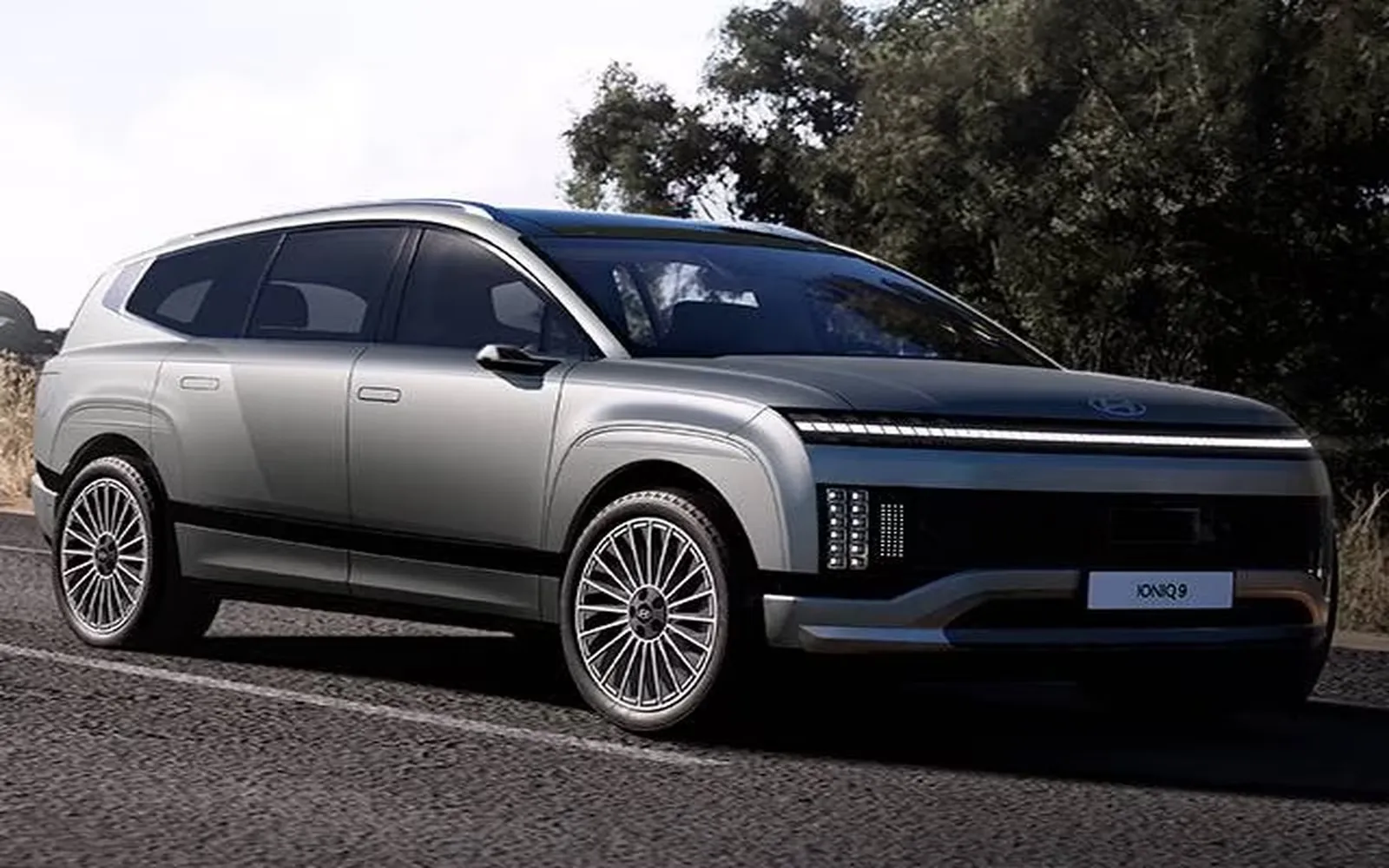
Electric Cars of 2025: The Best EVs to Drive into the Future
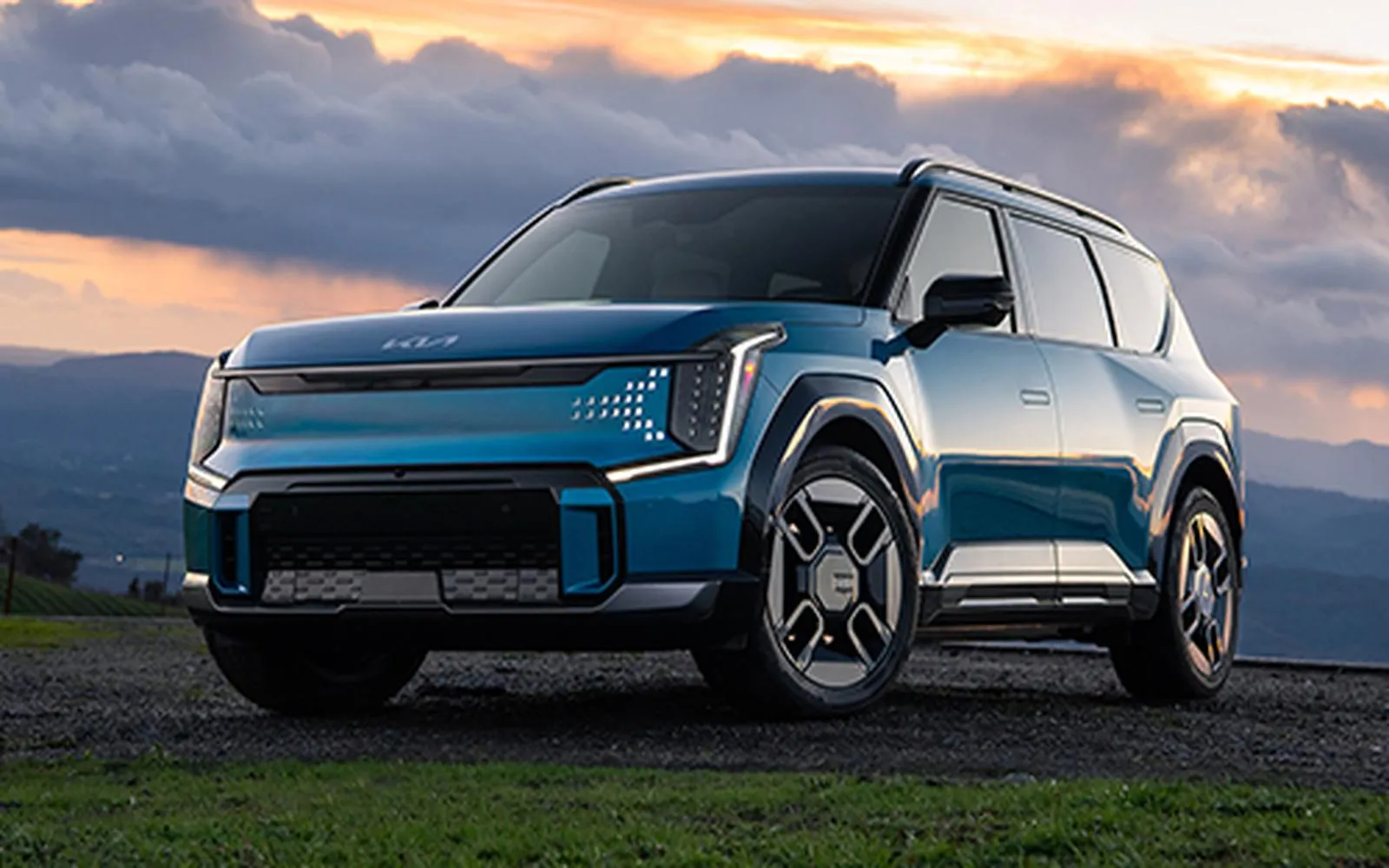
Used Electric Cars to Consider in 2025: Eco-Friendly Choices for Every Budget
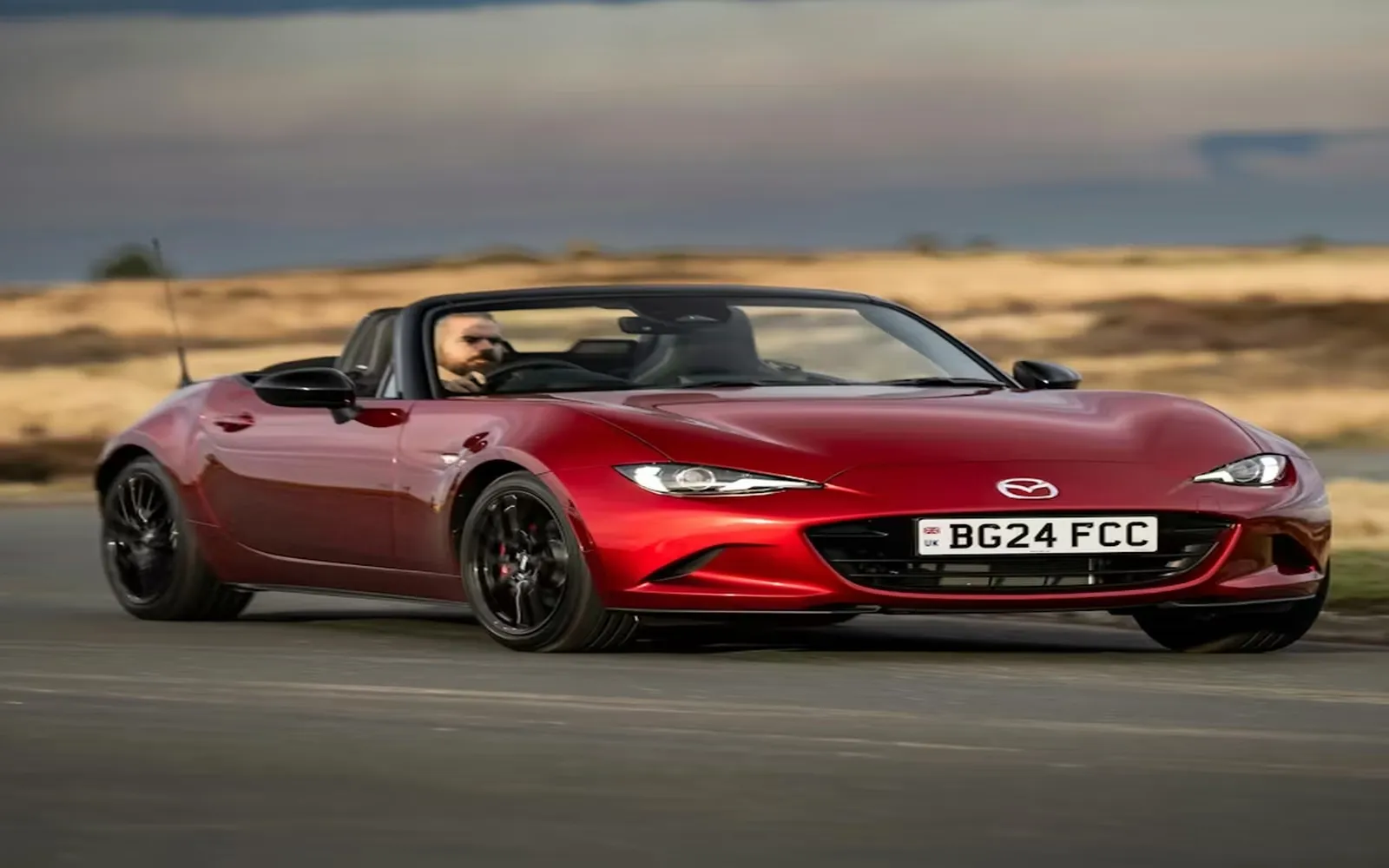
10 Affordable Sports Cars of 2025: Performance Meets Budget

2025 Guide to Electric Cars for Seniors: Models, Benefits, and Buying Tips
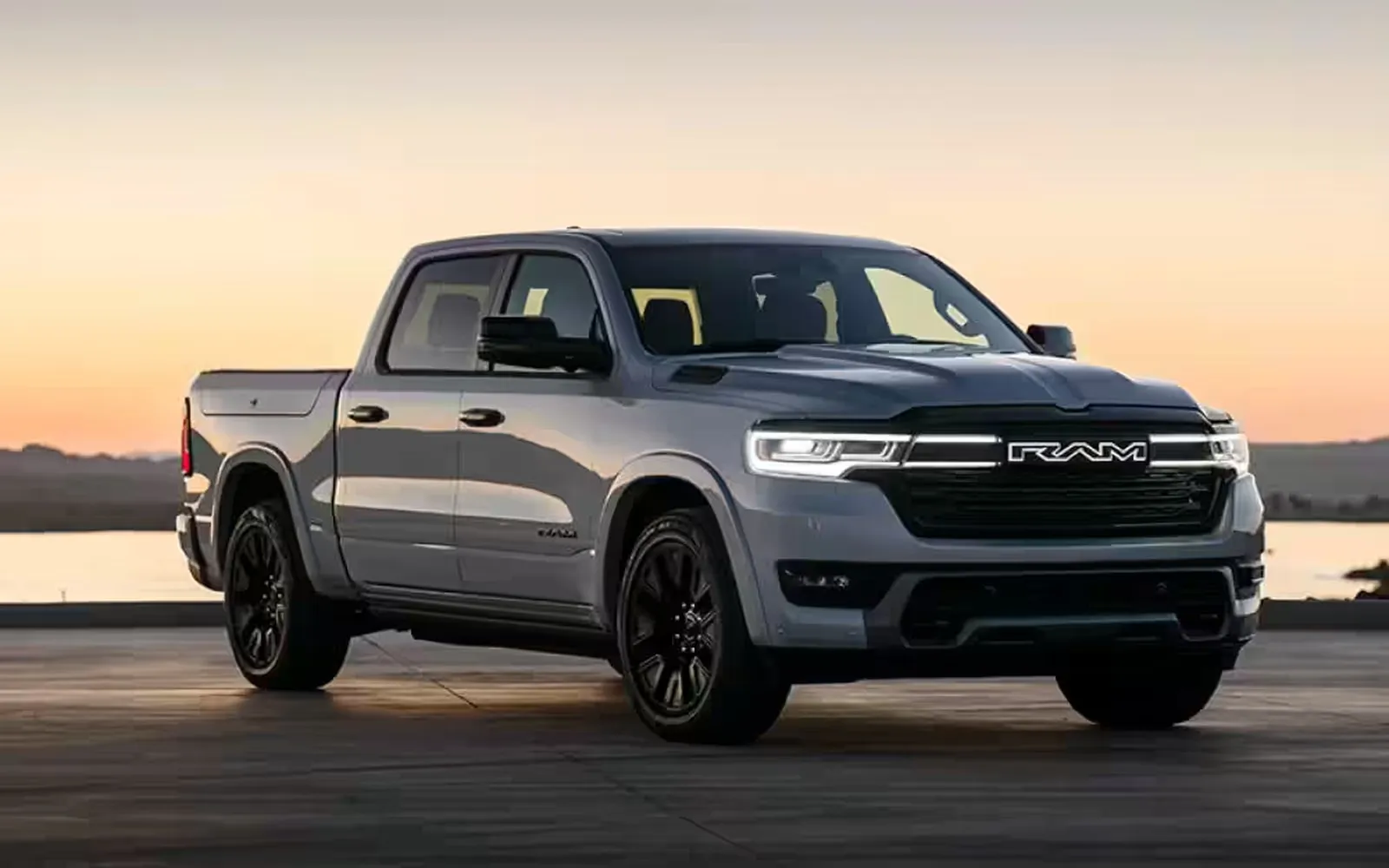
2025 Electric Pickup Trucks: Revolutionizing the Future of Eco-Friendly Hauling

Electric Car Leases of 2025: Best Deals for Eco-Friendly Drivers
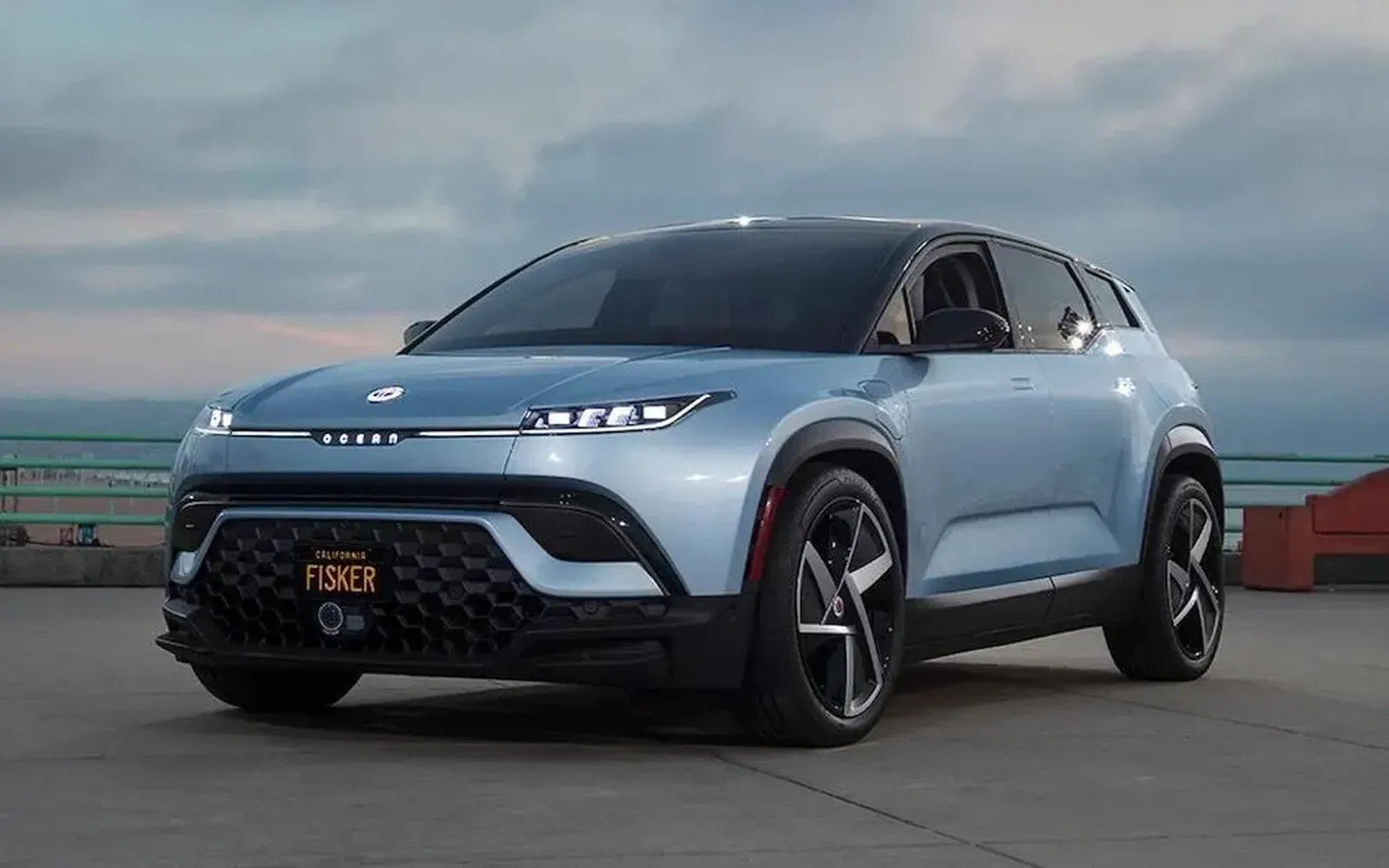
Electric Cars in 2025: The Future of Sustainable Driving and Innovative Technology
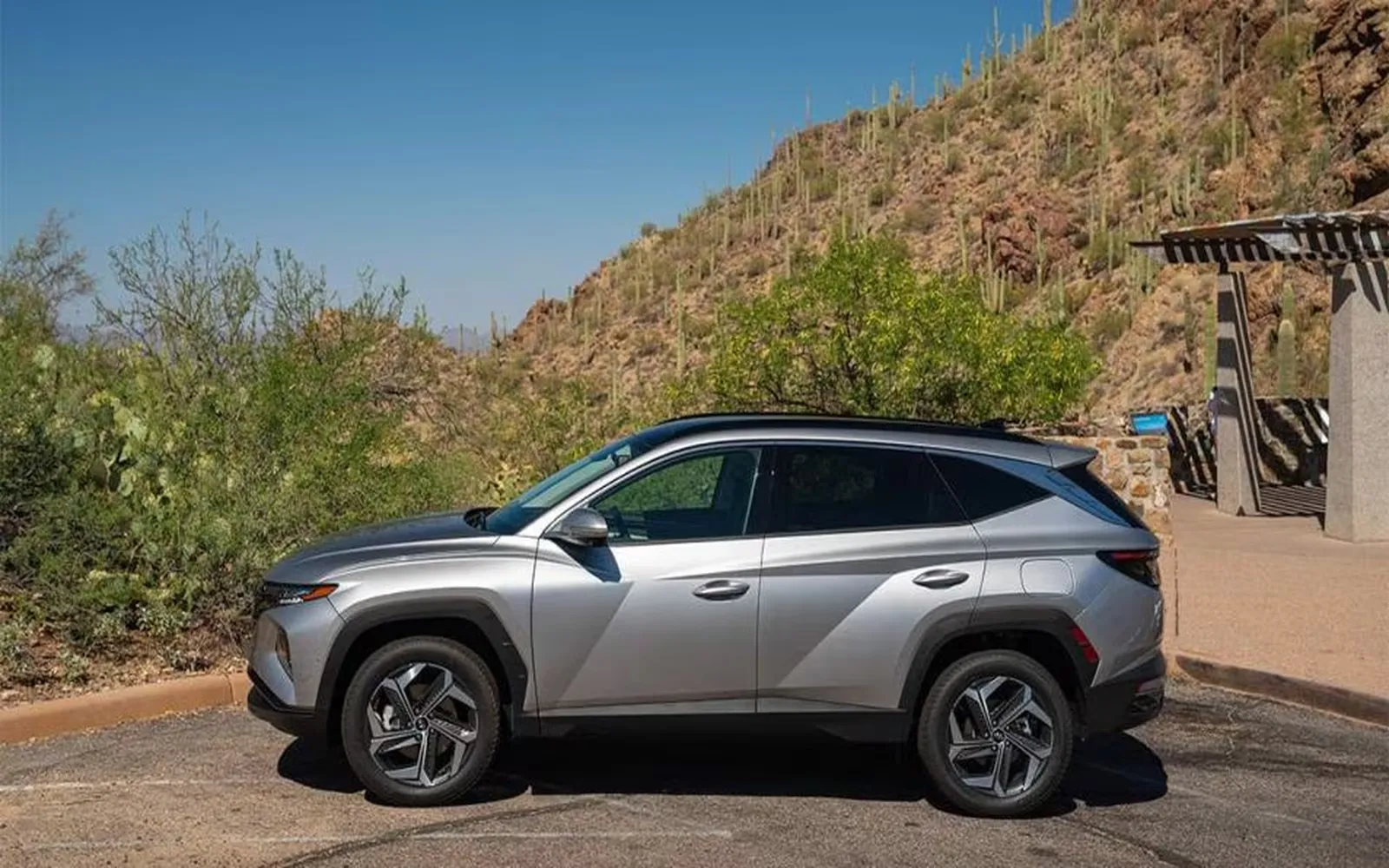
2025 Hybrid Cars: The Future of Eco-Friendly Driving and What to Expect
